Cologne’s pottery heritage
Besides its ancient glass production, Cologne also had a relevant ceramic production. During the reign of Augustus, from 27 BC to 14 CE, Cologne began to emerge as a notable center for pottery production. This period marked the initial steps of the city in establishing its reputation in the craft of ceramics. Eventually, a substantial pottery center emerged, strategically located just outside the city’s western wall. This area became a bustling hub of ceramic production, housing numerous factories that crafted a diverse array of pottery products.
The scale and quality of production in Cologne were such that, at certain points, the city not only catered to local and regional demands but also dominated the pottery market far beyond its immediate borders, extending its influence as far as Britain. This prominence in pottery highlights Cologne’s role not just as a political and military center in Roman times but also as a significant contributor to the ancient economy and trade networks, particularly in the field of ceramic arts.
 Ceramic production in Cologne, 2nd century CE, found in Cologne, various sites.
Ceramic production in Cologne, 2nd century CE, found in Cologne, various sites.
 Ceramic production in Cologne, 2nd century CE, found in Cologne, various sites.
Ceramic production in Cologne, 2nd century CE, found in Cologne, various sites.
 Ceramic production in Cologne, 2nd century CE, found in Cologne, various sites.
Ceramic production in Cologne, 2nd century CE, found in Cologne, various sites.
 Ceramic production in Cologne, 2nd century CE, found in Cologne, various sites.
Ceramic production in Cologne, 2nd century CE, found in Cologne, various sites.
Ceramics from the Neolithic Age
Neolithic farmers cultivated cereals, pulses and oil crops and raised livestock. They also brought with them the art of making vessels from clay. The ribbon-shaped decoration on eating, drinking, cooking and storage utensils gave the Linear Pottery culture its name. Stone tools originally embedded in pieces of wood or antler characterize our image of the Stone Age. Chunks of clay plaster, burnt hard by a fire, have been found on the walls of the houses. Traces of wattle and daub made from twigs, but above all from the hands of the plasterers, have been preserved. Powdered red hematite containing iron was used to decorate house walls, for body painting and also in the cult of the dead.
 Prehistoric ceramic production in Cologne, 5500-4950 BC, found in Cologne-Lindenthal.
Prehistoric ceramic production in Cologne, 5500-4950 BC, found in Cologne-Lindenthal.
 Prehistoric ceramic production in Cologne, 5500-4950 BC, found in Cologne-Lindenthal.
Prehistoric ceramic production in Cologne, 5500-4950 BC, found in Cologne-Lindenthal.
 Pottery from the Neolithic period, 4200-3500 BC, found in: Cologne, Neuss, Niederaussem, Rees, Sieglar.
Pottery from the Neolithic period, 4200-3500 BC, found in: Cologne, Neuss, Niederaussem, Rees, Sieglar.
The Neolithic settlement in Cologne-Lindenthal
During the Late Stone Age, around the middle of the 6th millennium BC, the Lower Rhine area, particularly its southern part, witnessed the arrival of the first farming communities. These early settlers, adapting to their new environment, constructed substantial dwellings using massive oak posts as the primary structural support. Their houses were impressively large, measuring up to 35 meters in length and 10 meters in width.
For approximately 400 years, these early agricultural communities thrived in the region. Each homestead typically housed between two to five families. These families not only lived together but also worked collaboratively to maintain and periodically rebuild their farmsteads. This period marks a significant phase in human history, reflecting the transition from nomadic lifestyles to settled farming practices in the Lower Rhine area.
 Map of the Neolithic settlement in Cologne-Lindenthal. Photograph of the map displayed at the Roman-Germanic Museum.
Map of the Neolithic settlement in Cologne-Lindenthal. Photograph of the map displayed at the Roman-Germanic Museum.
During the 1st millennium BC, in the Iron Age, burial mounds became a prominent feature along ancient roads on both sides of the Rhine. These mounds, some reaching heights of up to ten meters, served a dual purpose. Not only were they final resting places, but they also acted as landmarks for travelers from a distance, reminiscent of the Roman burial monuments that would appear along the Via Appia and surrounding roads near Cologne about 800 years later.
A notable artifact from this era is a single-handled pot, adorned with finger dots, discovered in a burial mound on Severinstraße around 800 BC. This pot, which contained the cremated ashes of the deceased, is a testament to the burial customs of the time. Similarly, a burial from a mound in Cologne-Porz-Wahn exemplifies typical Middle Iron Age practices. In this case, a large urn held the cremated remains, topped with a small vessel and covered with a bowl as a lid. Additionally, many urns from a smaller mound in Cologne-Rath were found encircled by fist-sized quartz pebbles, indicating the diverse burial rituals practiced across different regions and communities during the Iron Age.
 Burial mound fields to the left and right of the Rhine, around 800 BC/around 650/600 - 450 BC, found in Cologne, various sites.
Burial mound fields to the left and right of the Rhine, around 800 BC/around 650/600 - 450 BC, found in Cologne, various sites.
 Burial mound fields to the left and right of the Rhine, around 800 BC/around 650/600 - 450 BC, found in Cologne, various sites.
Burial mound fields to the left and right of the Rhine, around 800 BC/around 650/600 - 450 BC, found in Cologne, various sites.
 Burial mound fields to the left and right of the Rhine, around 800 BC/around 650/600 - 450 BC, found in Cologne, various sites.
Burial mound fields to the left and right of the Rhine, around 800 BC/around 650/600 - 450 BC, found in Cologne, various sites.

 Neolithic period, 4200-3500 BC, found in: Cologne, Neuss, Niederaussem, Rees, Sieglar. Splendid jadeite axes were status symbols of the elite. The green stone was mined far away in the western Italian Alps and the axes were traded to western and central Europe as far as Scotland. They often remained in circulation for hundreds of years.
Neolithic period, 4200-3500 BC, found in: Cologne, Neuss, Niederaussem, Rees, Sieglar. Splendid jadeite axes were status symbols of the elite. The green stone was mined far away in the western Italian Alps and the axes were traded to western and central Europe as far as Scotland. They often remained in circulation for hundreds of years.
Cologne pottery in the Middle Ages
Cologne further developed into a significant regional center for stoneware production from the middle of the 15th century. The city became most famous for its so-called Bartmann jug, a pear-shaped drinking and serving jug adorned with a single bearded male face mask on the neck and shoulder of the vessel. These jugs were primarily used for serving beer and wine. The Bartmann jug gained popularity in the 16th century and was exported to various regions in Europe and beyond. Its production continued to be made well into the 18th century.
 Bartmannskrug, stoneware, Frechen, salt glaze, Germany, c. 1600. Ceramics were also traded from Europe to East Asia. A Rhenish Bartmann jug purchased before 1909 in Japan is an impressive piece of evidence. They were called hige tokkuri (‘beard jugs’) and even copied by local potters. Exhibited in the Museum for East Asian Art in Cologne.
Bartmannskrug, stoneware, Frechen, salt glaze, Germany, c. 1600. Ceramics were also traded from Europe to East Asia. A Rhenish Bartmann jug purchased before 1909 in Japan is an impressive piece of evidence. They were called hige tokkuri (‘beard jugs’) and even copied by local potters. Exhibited in the Museum for East Asian Art in Cologne.
Pottery production was not limited to Cologne but also flourished in surrounding areas such as Frechen, Langerwehe, and Raeren. Siegburg also evolved into a significant pottery center, known for its more sophisticated craftsmanship. In contrast, Frechen’s pottery production primarily focused on jugs for use in private households and taverns, with a particular emphasis on the Bartmann jug. This emphasis is reflected in Frechen’s coat of arms, which features a Bartmann jug motif.
Today, the city of Frechen holds a ceramics museum, the Keramionꜛ, dedicated to the history of ceramics in the region and beyond. The museum itself is an architectural gem and a protected monument. So far, I did not have the chance to visit the museum. As soon as I have the opportunity, I will share my impressions with you.
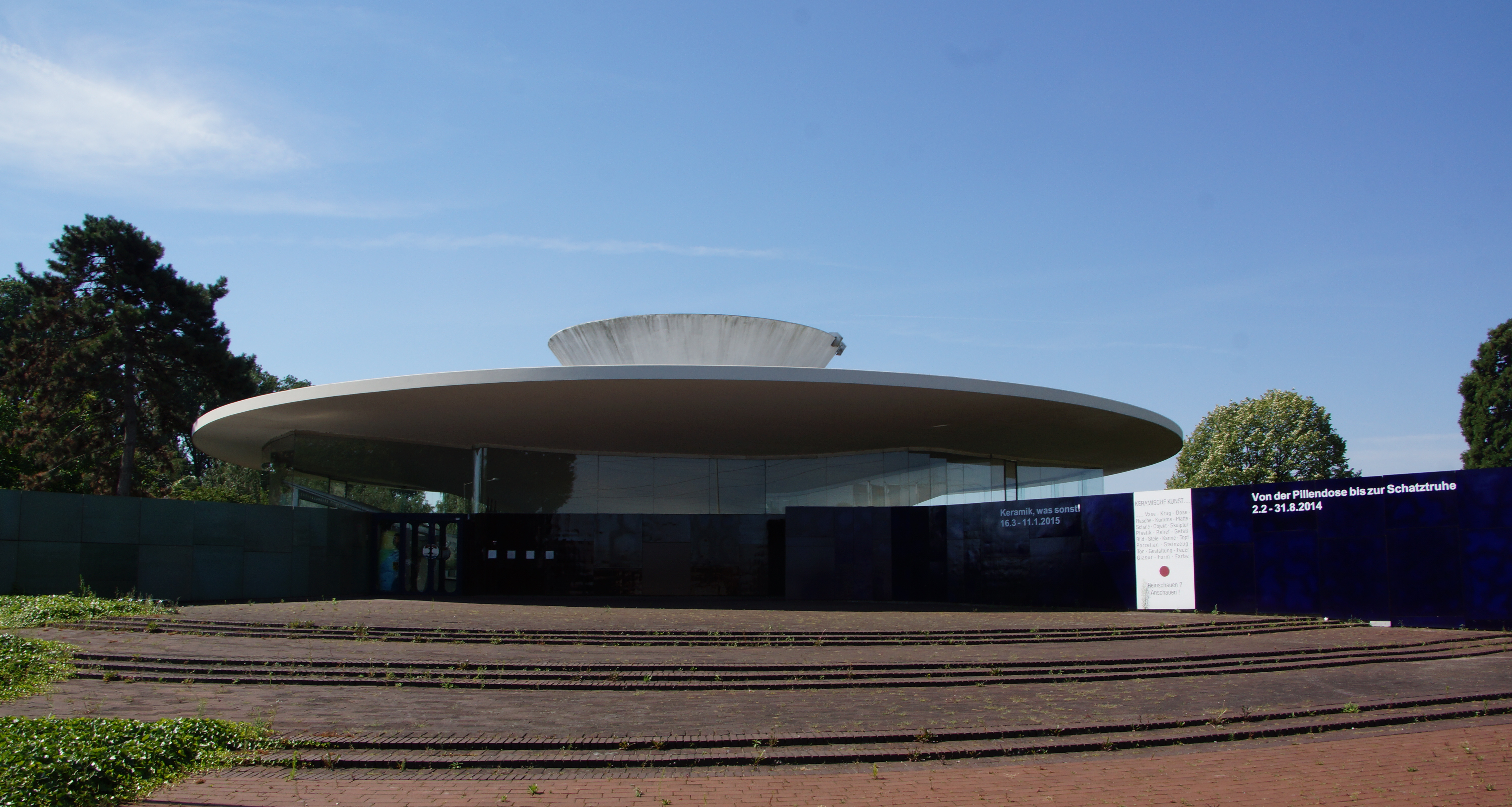 The Keramionꜛ museum in Frechen (2014). The museum is dedicated to regional-historical as well as general modern ceramics. Source: Wikimedia Commonsꜛ (CC BY-SA 4.0 license).
The Keramionꜛ museum in Frechen (2014). The museum is dedicated to regional-historical as well as general modern ceramics. Source: Wikimedia Commonsꜛ (CC BY-SA 4.0 license).
Conclusion
Cologne’s history in pottery production, spanning from the Neolithic Age to the Middle Ages and modern times, underscores the city’s significance as a hub for ceramic arts and trade. The city’s pottery heritage is not only a testament to its economic and cultural importance but also a reflection of the diverse influences that shaped its artistic and craft traditions in different epochs. The Bartmann jug, in particular, stands as an iconic symbol of this legacy. While the former level of artistic craftsmanship of Roman antiquity was never reached again, this jug shows that even with a simplified motif and the production of basic objects for everyday use, it was possible to achieve a recognizable impact on a regional and international scale.
Institutions like the Keramionꜛ ceramics museum in Frechen and exhibitions of Rhineland pottery in other museums play a crucial role in preserving and promoting this heritage. They provide valuable insights into the history of pottery production in Cologne and its surrounding areas, offering insights into the evolution of ceramic arts in the region.
While Cologne’s stoneware may not be as famous or comparable to the pottery of other German regions like Meißen, it still has its own unique charm and historical significance. The history behind each object can serve as an anchor point for actively exploring the general history of the city and the Rhineland region.
References and further reading
- Website of the Roman-Germanic Museum in Cologneꜛ
- Wikipedia article on the Keramion museumꜛ
- Website of the Keramion museumꜛ
- Wikipedia article on Cologne stonewareꜛ
- Ingeborg Unger, Kölner und Frechener Steinzeug der Renaissance. Die Bestände des Kölnischen Stadtmuseums, 2007, Hrsg. von Werner Schäfke. Publikationen des Kölnischen Stadtmuseums Band 8. 549 Seiten. Verlag Kölnisches Stadtmuseum, ISBN 978-3-940042-01-9
- Karl Göbels, Rheinisches Töpferhandwerk. Gezeigt am Beispiel der Frechener Kannen-, Düppen- und Pfeifenbäcker, 1971, Rheinland-Verlag, Köln
- Marcus Trier, Friederike Naumann-Steckner, 14 CE - Römische Herrschaft am Rhein, 2014, Wienand, ISBN: 9783868322262
- Hugo Borger, Helga Schmidt-Glassner, Das Römisch-Germanische Museum Köln, 1977, Callwey, ISBN: 9783766703842
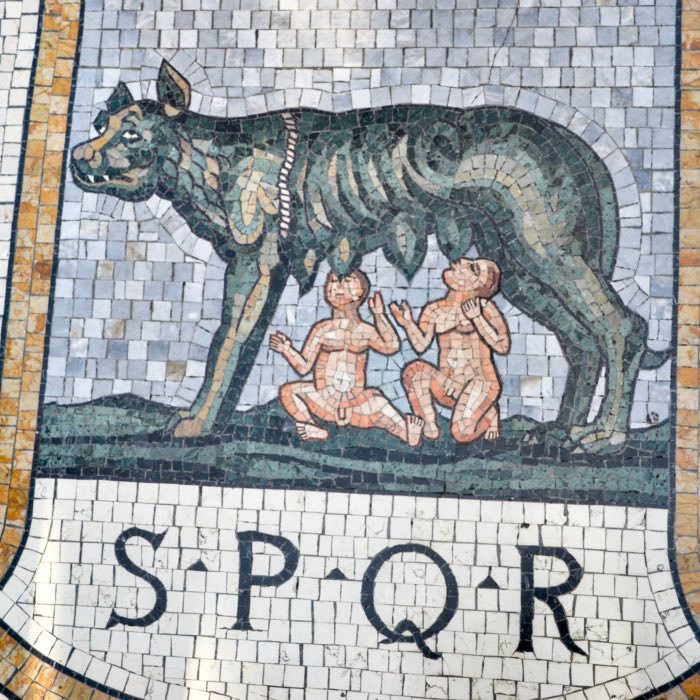
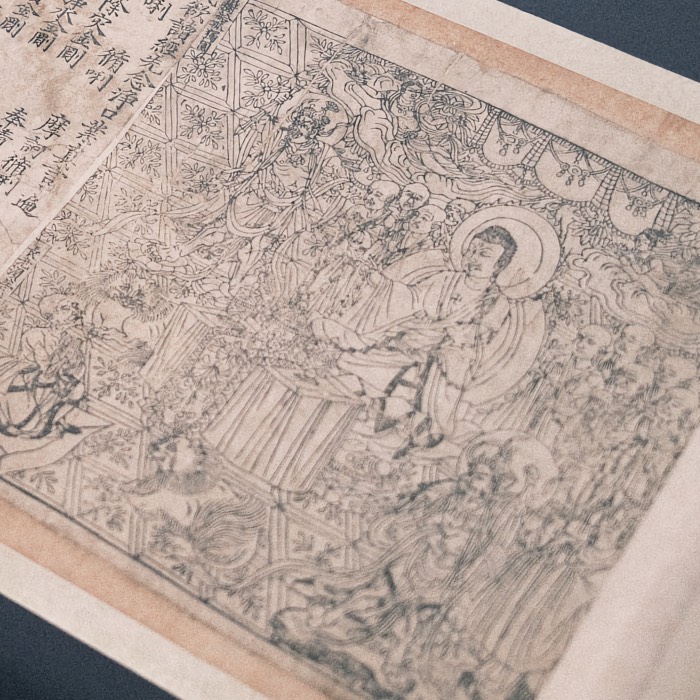
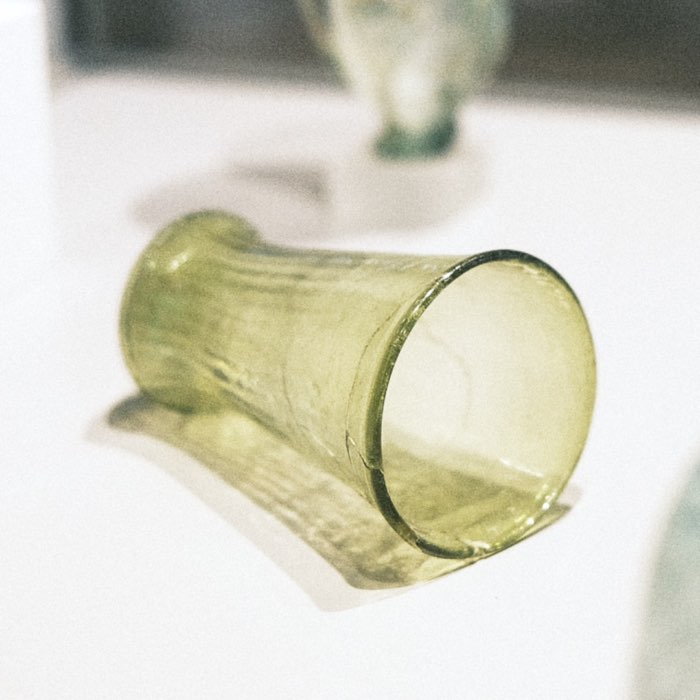






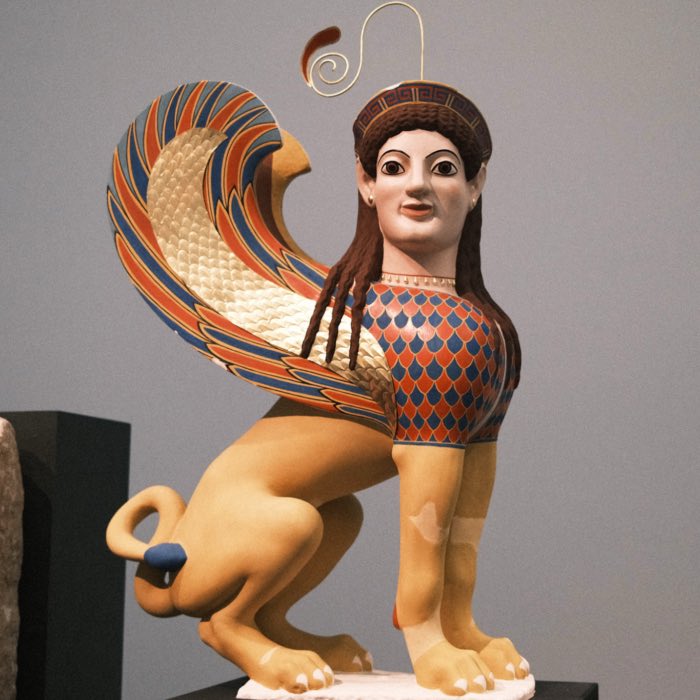
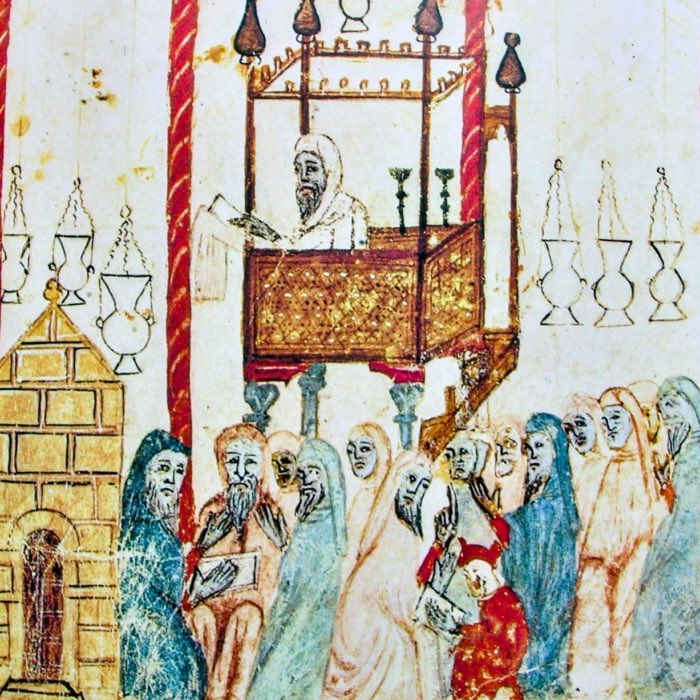
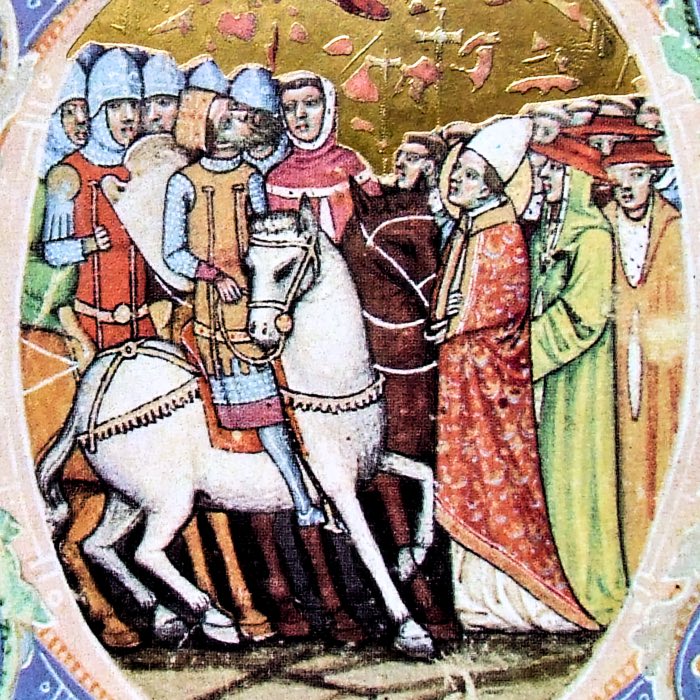
comments